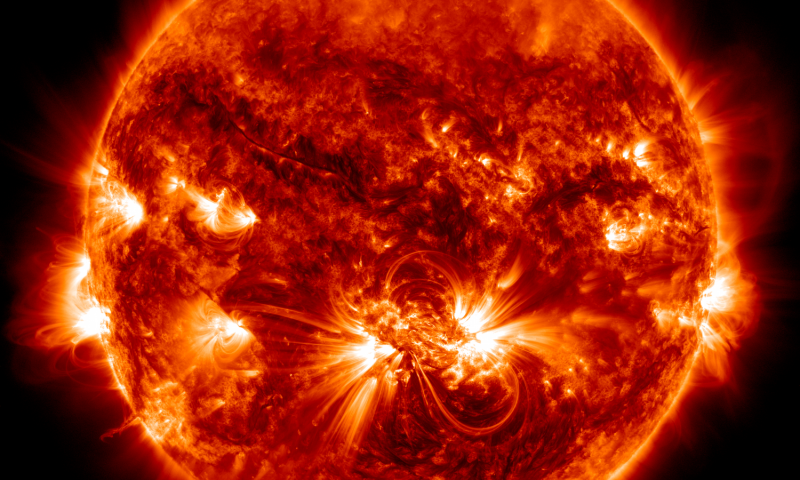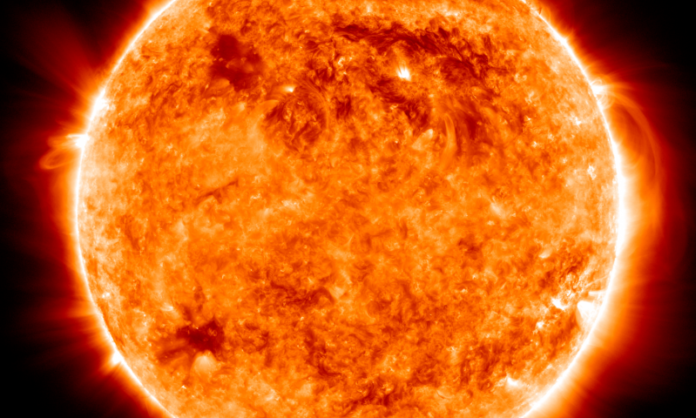Scientists at UCL for the first time have revealed that the elemental composition of the Sun’s hot atmosphere i.e., the corona is strongly linked to the 11-year solar magnetic activity cycle. According to them, an increase in magnetic activity goes hand in hand with an increase of certain elements.
The study published in nature communications could have noteworthy ramifications for understanding the procedure prompting the warming of the Sun’s crown.
Dr Deborah Baker said, “Elemental composition is an important component of the flow of mass and energy into the atmospheres of the Sun and other stars. How that composition changes, if it does indeed change, as material flows from the surface of the Sun to its corona influences ideas we have about the heating and activity in atmospheres of other stars.”
Through its 11-year cycle, the Sun moves moderately calm periods at solar least. Similarly, it moves to exceptional attractive action at solar maximum. Both depend on when extensive quantities of sunspots show up and there is an in-wrinkle in radiation.

Previous research suggests that the elemental composition of a star’s atmosphere depend on the properties of the star that doesn’t change. For example, rotation rate or gravity. But this study suggests that this might correlate with the magnetic activity and heating processes in the atmosphere itself.
It is estimated that the photosphere, has a temperature of around 6000 degrees. Its outer surface i.e., the corona is several hundred times hotter. Although how the Corona is warmed to a great many degrees is a standout among the most noteworthy unsolved issues in astronomy.
During the study, scientists analyzed observations from the Solar Dynamics Observatory at a time of low activity from 2010 till 2014. In this duration, huge magnetic active regions have crossed the solar disk were common.
There might an obvious system that transports certain components into the corona instead of others gives the corona its own distinctive elemental signature. According to the scientists, this mechanism also separates the elements and supplies material to the corona. And it might closely related to the transport of energy.
Dr Baker said, “Our observations started in 2010, near the last solar minimum, and so observations of the global coronal spectrum for a complete solar cycle have not been possible.”
“The fact that we detected this variation of the Sun in a relatively small period of time really highlights the importance of observing stars over complete stellar cycles, which we hope to do in the future. Currently, we tend to just have snapshots of stars, but these are potentially missing some important clues.”
“Although, it would require long-term planning. Now, we are observing full stellar cycles. It may provide us new insight into the nature of the atmospheres of stars and how they are heated to million degree temperatures.”
